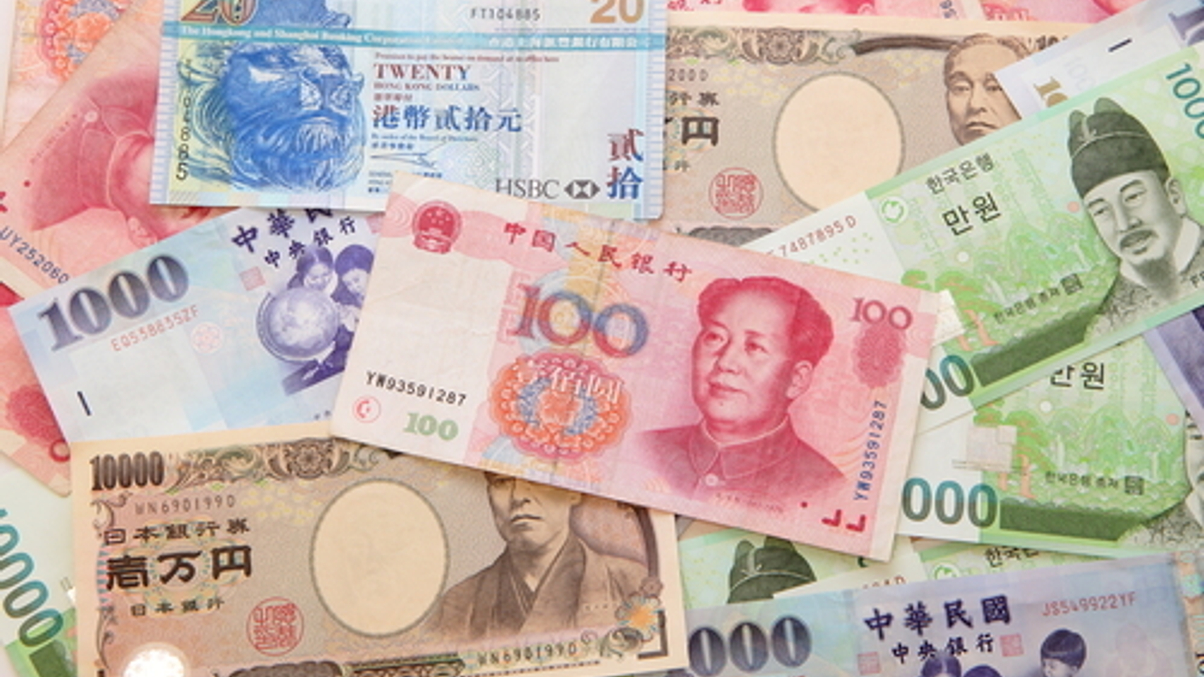More European insurers entering Asian private credit
Several European insurers are moving to start including emerging market assets – most notably Asian private credit – in their illiquid portfolios, says Joel Krueger, Aon's global CIO.

Insurance firms in Europe are increasingly eyeing Asian emerging markets in their hunt for investment yield, with some now moving to buy their first private assets in the region, says Joel Krueger, London-based global chief investment officer at consultancy Aon.
Sign in to read on!
Registered users get 2 free articles in 30 days.
Subscribers have full unlimited access to AsianInvestor
Not signed up? New users get 2 free articles per month, plus a 7-day unlimited free trial.
¬ Haymarket Media Limited. All rights reserved.


